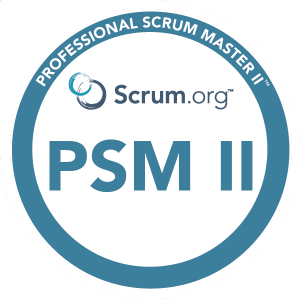With Project deadlines looming, stress is often a factor that project managers have to deal with, especially with the team they are managing, with a clear correlation between the level of stress indured and the quality of work produced, not to mention emotional endurance. Let’s face it, almost every project (most likely every project) is under the pump at one stage or another during the lifecycle, and duress is something, as a Project Manager, you certainly need to deal with.
With fixed resources, fixed time and budget, things tend to go awry, whether it is a strong dependency of a delivery from one team, a technical difficulty that cannot be resolved, scope changes, resource changes, and your job is to make sure things don’t go belly-up. Negative stress influences teams by de-optimizing their work efficiencies, resulting in lower-than-expected sprint velocities, dampen creativity and constructive thinking, resulting in mental fatigue, resulting in even simple coding errors creeping in.
There are of course specific PM courses of action you can take to address the problems, and this article isn’t about that, it’s more about how you can leverage your influence to act as a mentor, or guru to project positivity, in order to boost the morale of your team. Here are 3 Ways a PM can help the team De-stress.


